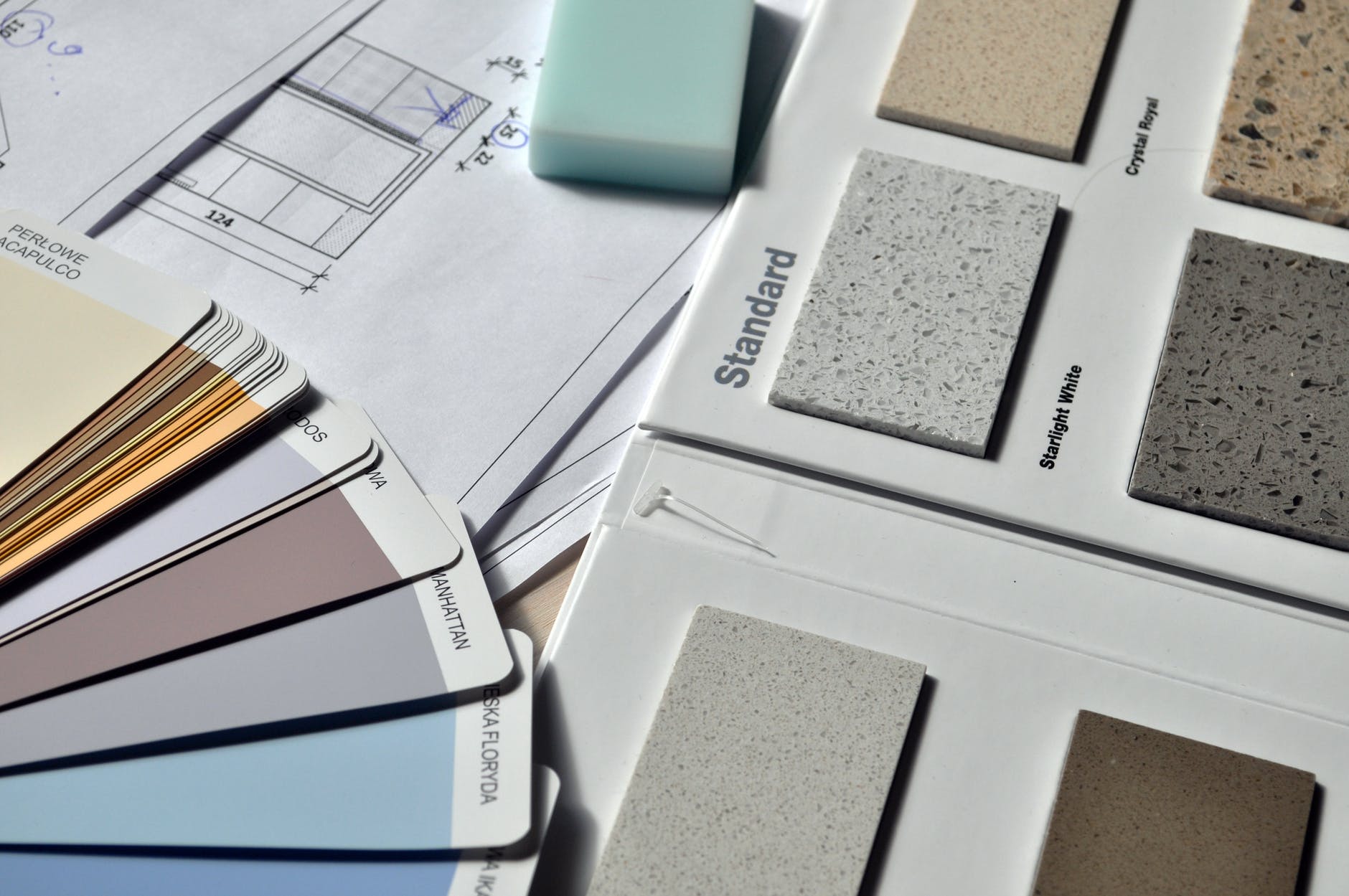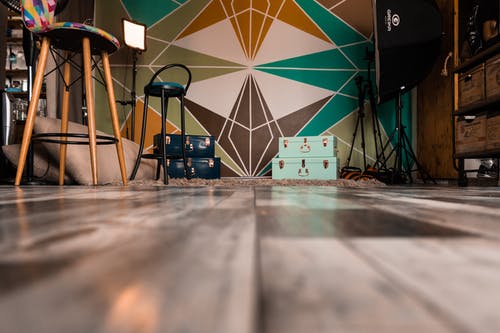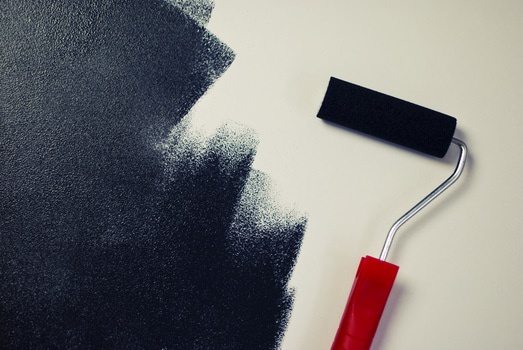There’s good reason why luxury alternative flooring options are popular around the world.
Due to modern appeal and durability, luxury alternative flooring options offer flooring solutions that are both affordable and long-lasting.
If you need an affordable flooring solution that will hold up over time, luxury alternative flooring options may be a wise choice for you to consider.
Using luxury vinyl, you can replicate natural materials without paying for advanced installation or upkeep.
There are, of course, other luxury alternative flooring options like engineered vinyl planks and specialty luxury alternative floorings for your kitchen and bathroom.
Now that you know a bit more about luxury flooring alternatives, here’s more on why Luxury Vinyl Flooring is a good investment.
What is Luxury Vinyl Flooring?
Luxury Vinyl Flooring looks and feels a lot like natural hardwood flooring.
Luxury Vinyl Flooring consists of different combinations of material that make up the flooring:
- Vinyl planks are individual vinyl pieces
- Vinyl tiling is a mix of polyurethane, a wear layer, a print fill, the vinyl center, and the tile’s backing.
Luxury Vinyl Flooring takes things even further by providing a more realistic representation of hardwood floors.
- The surface layer contains a photo-based image of actual wood, and this, along with texture, creates a much closer look to natural hardwood floors.
Luxury Vinyl Flooring also comes in different styles.
Depending on the flooring aesthetic you’re going for, you can find materials that reflect the look of wood, tile, stone, and so on.
1. Luxury Vinyl Flooring is Affordable
With Luxury Vinyl Flooring, you can obtain the same look as natural hardwood floors for far less the costs associated with buying natural wood materials or paying for the upkeep work required.
To give you a better idea, know that the average price for hardwood flooring is somewhere between $8 to $25 per square foot. You can get away with only $2-$5 per square foot for luxury vinyl alternatives.
2. The Look Is Similar To Natural Material
Since luxury vinyl uses a photographic picture to layer the material, it is easy to achieve a natural look that is easily mistaken for natural flooring.
3. Little To No Maintenance Needed
Natural wood and stone are difficult to keep clean, but vinyl floors contain protective wear layers, which eliminate the need to wax or polish the floors.
The thicker the wear layer, the longer you can maintain your floors without updating them. The only maintenance you need is the occasional mopping or sweeping required for the flooring to look as good as new.
What’s The Catch?
The only caveat to buying Luxury Vinyl Flooring is whether you’re okay with getting an alternative to natural materials.
Some people enjoy natural elements in their homes, and others would rather have the affordability and convenience of alternative options.
It’s Up To You
Whether or not luxury vinyl is your cup of tea, there’s no doubt that it is a wise investment. Save yourself time, money, and maintenance by installing Luxury Vinyl Flooring today.
Read Also:
























